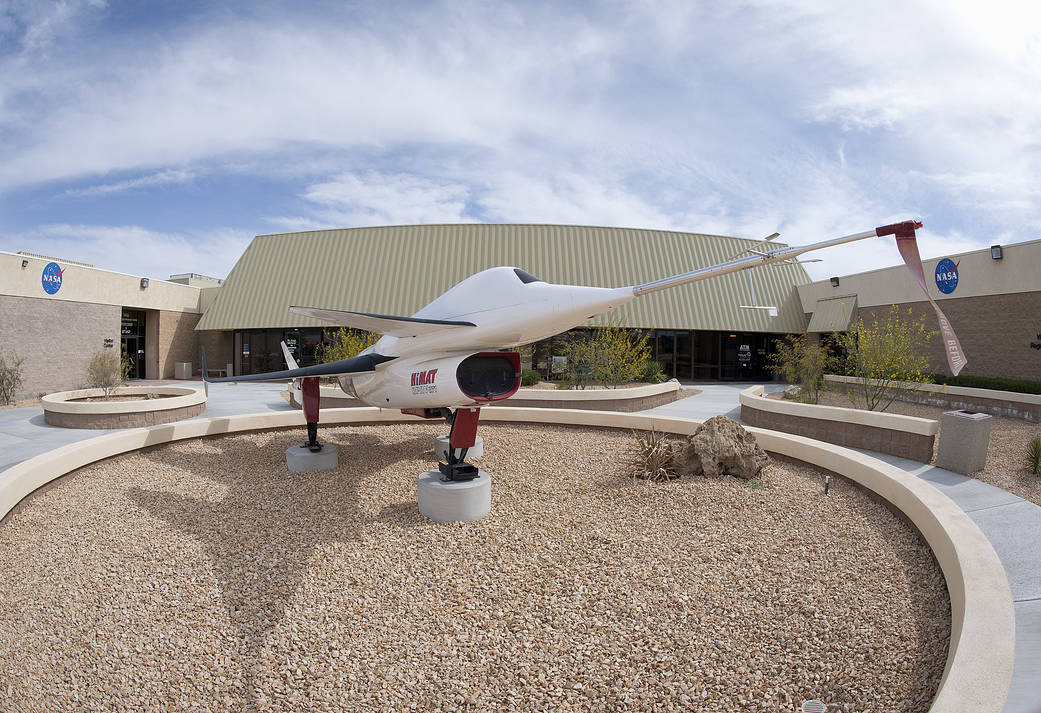From mid-1979 to January 1983, two remotely piloted, experimental Highly Maneuverable Aircraft Technology (HiMAT) vehicles were used at the NASA Dryden Flight Research Center at Edwards, CA, to develop high-performance fighter technologies that would be applied to later aircraft. Each aircraft was approximately half the size of an F-16 and had nearly twice the fighter’s turning capability.
HiMAT research at Dryden was conducted jointly by NASA and the Air Force Flight Dynamics Laboratory, Wright-Patterson Air Force Base, OH. Because the planes were controlled from a ground station, experimental technologies and high-risk maneuverability tests could be employed without endangering pilots. The aircraft were flown 26 times during the 3 1/2 year history of the project.
HiMAT experiments provided information on integrated, computerized controls; design features such as aeroelastic tailoring, close-coupled canards and winglets; the application of new composite materials; a digital integrated propulsion control system; and the interaction of these then-new technologies with one another…Learn more
HIMAT Ship #2 is currently on display at Armstrong Flight Research Center in Edwards, CA.



























